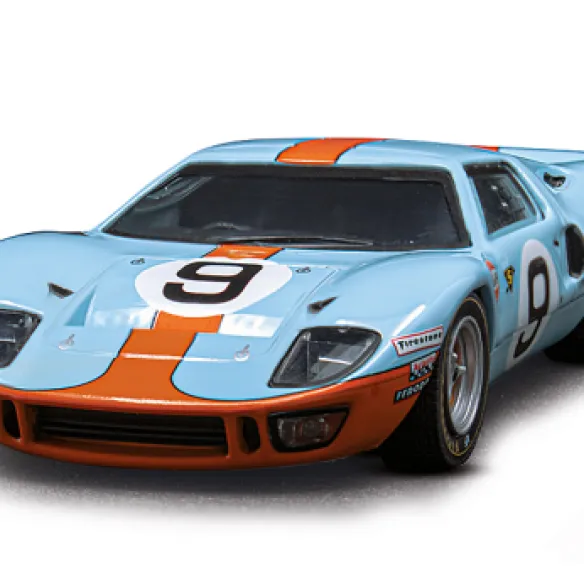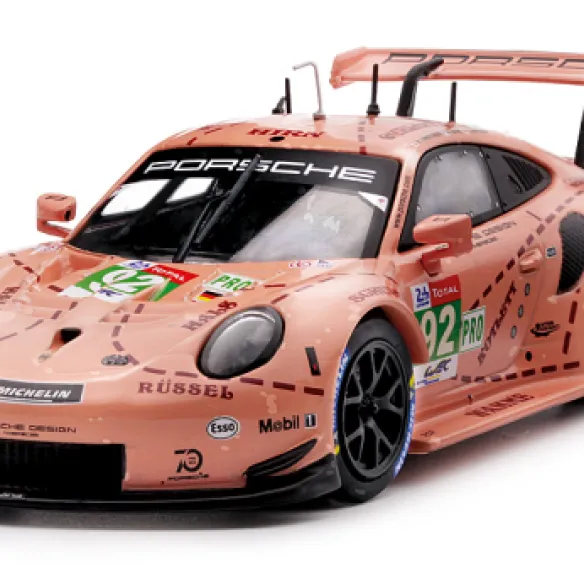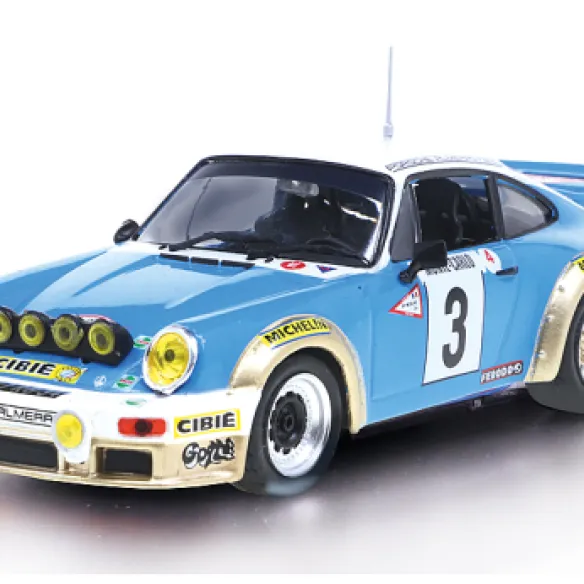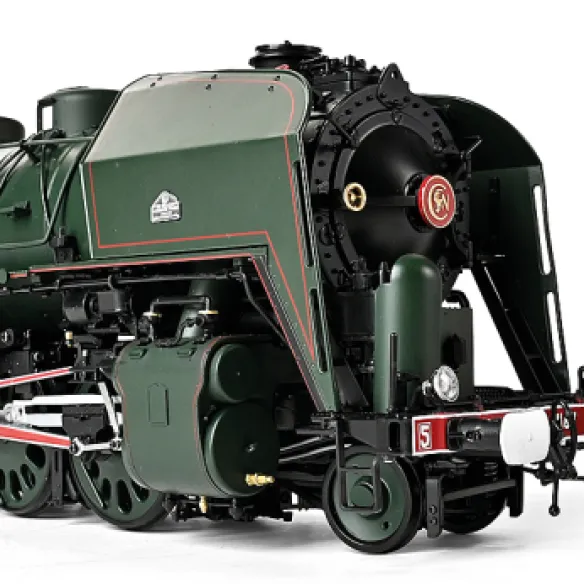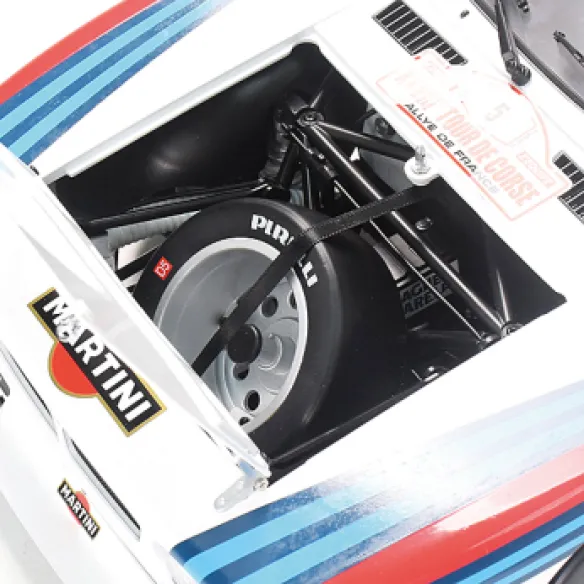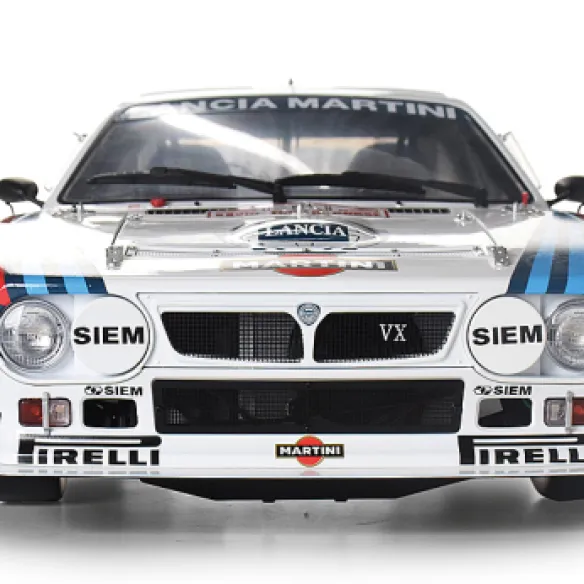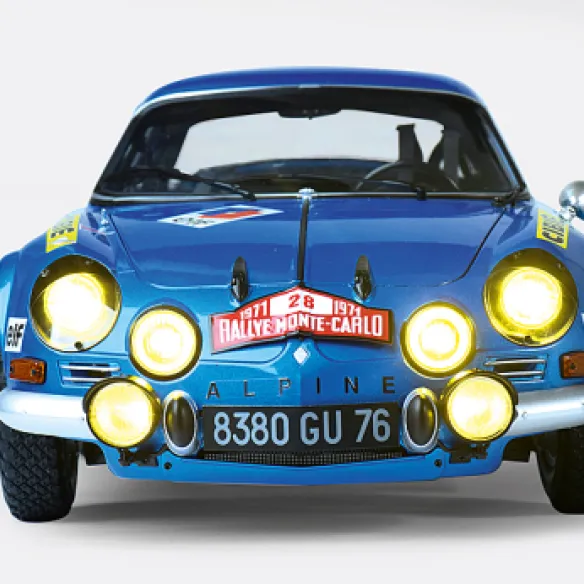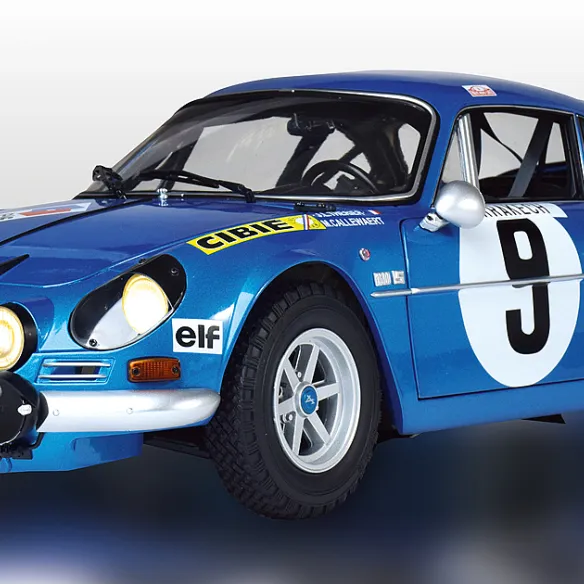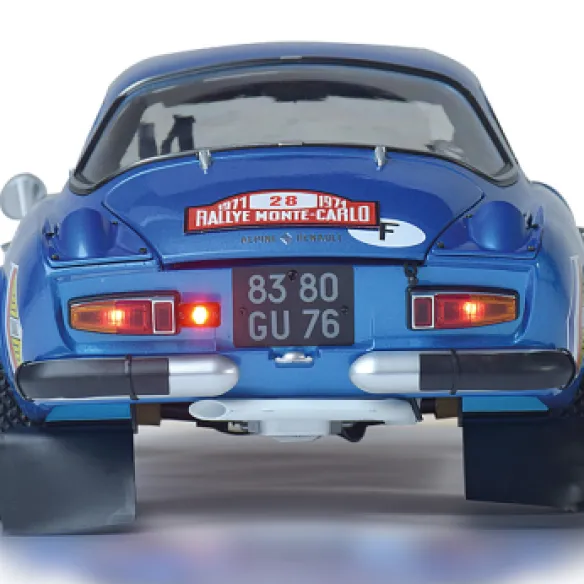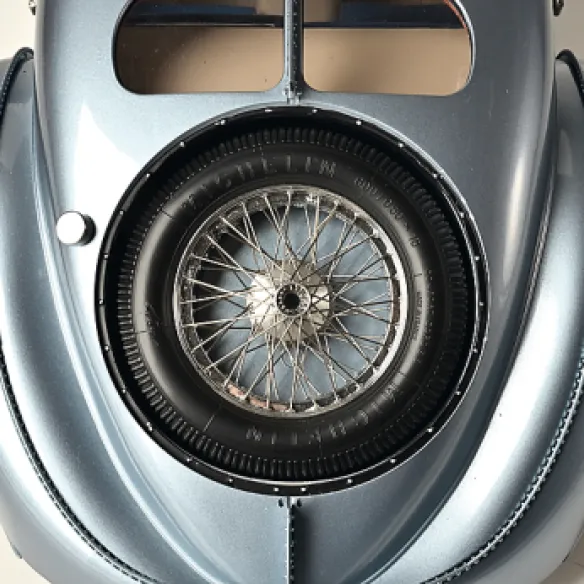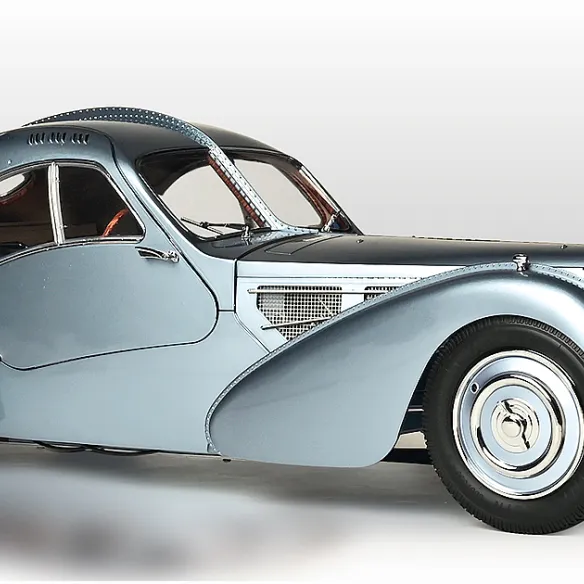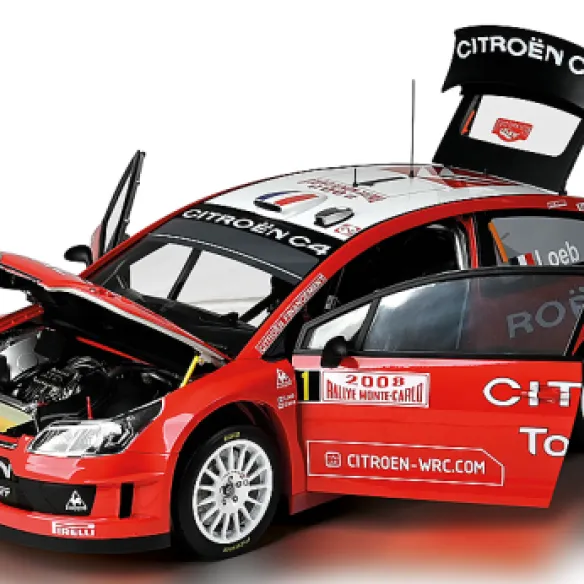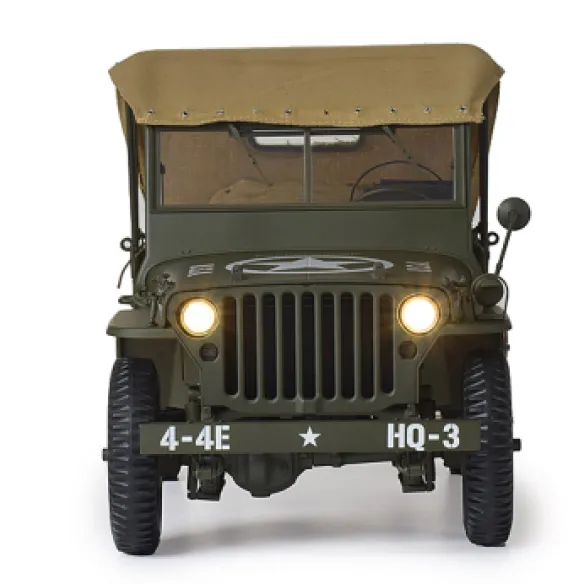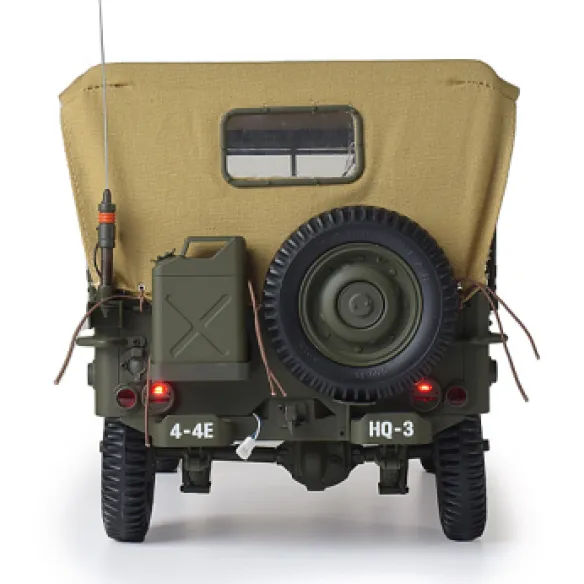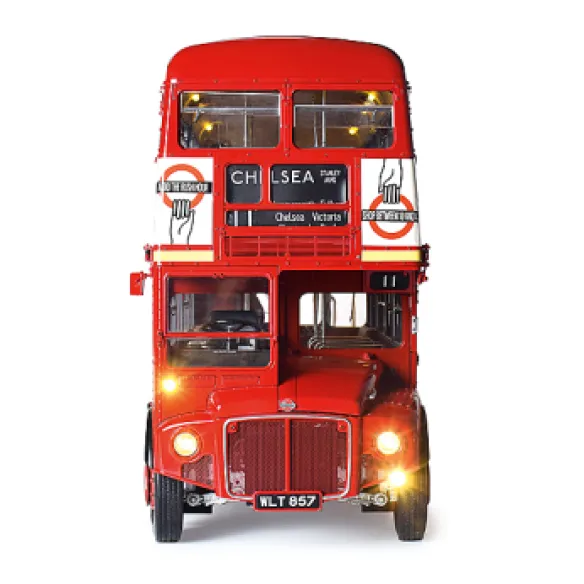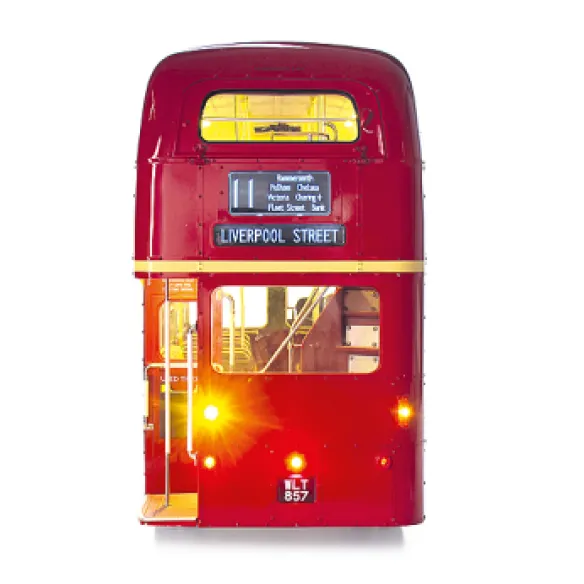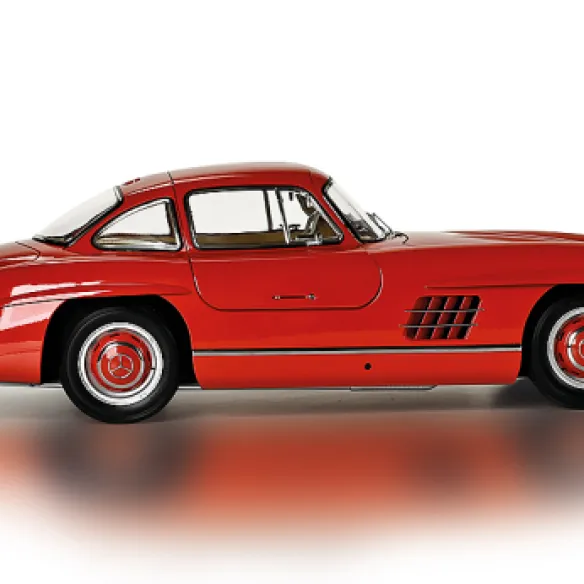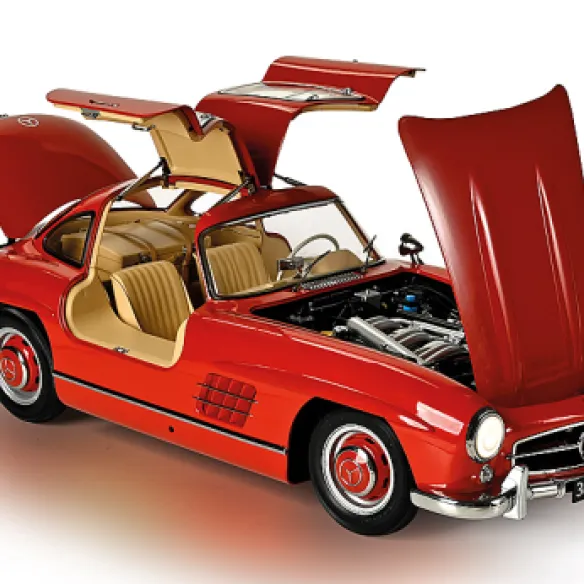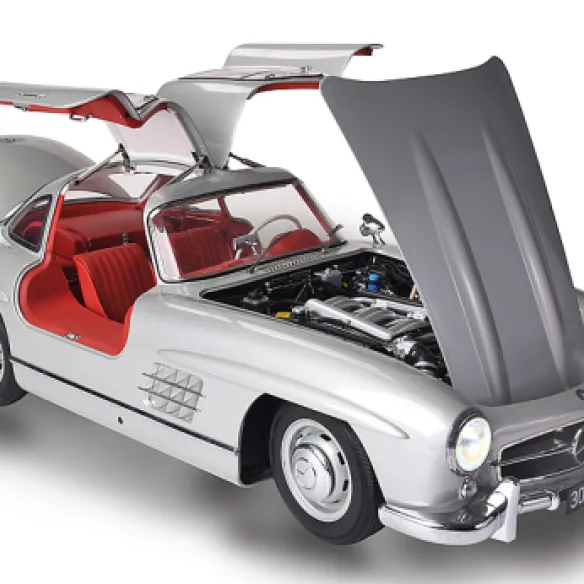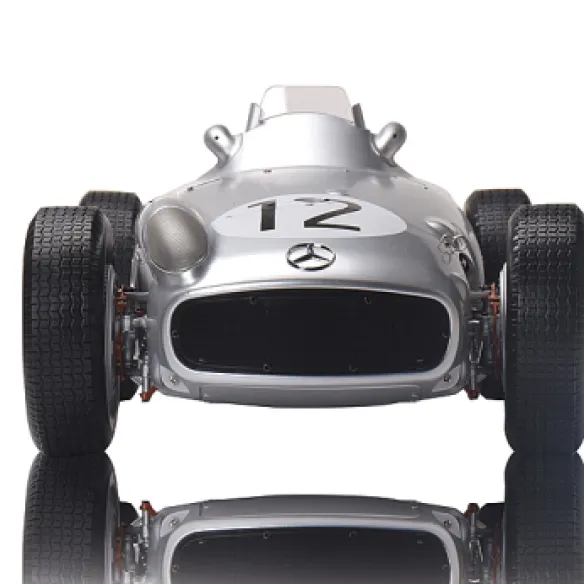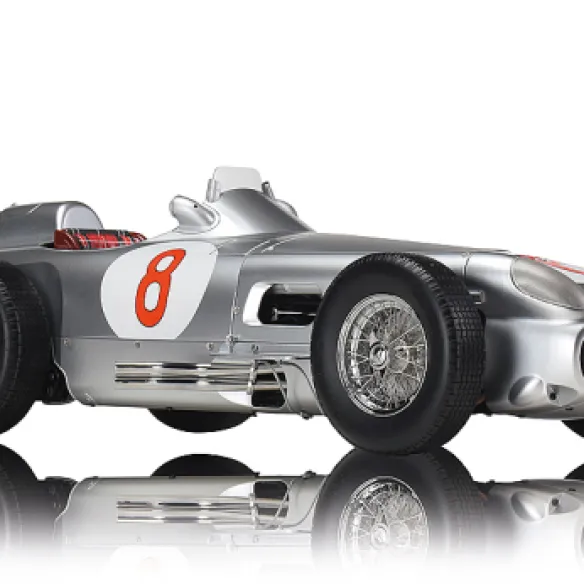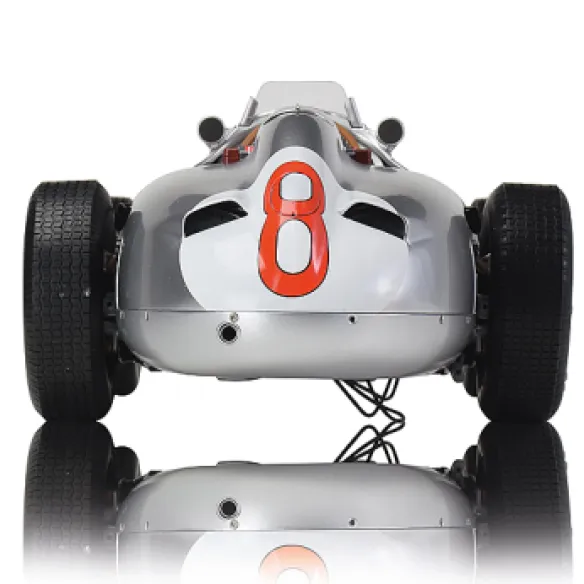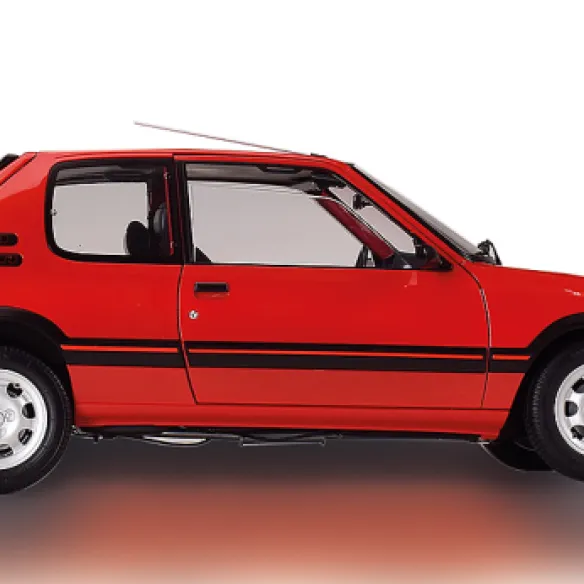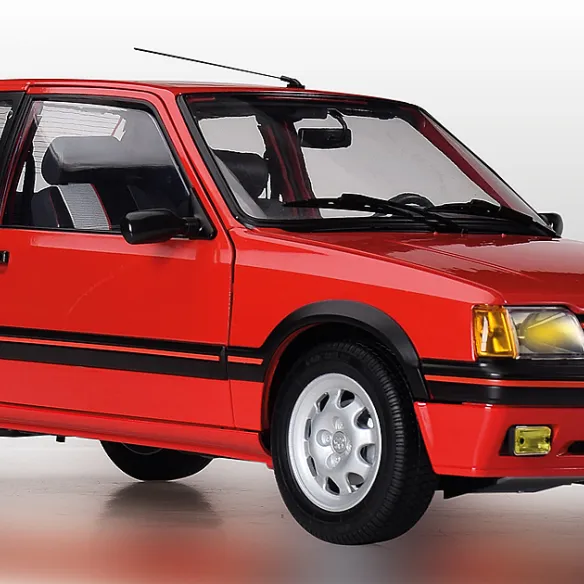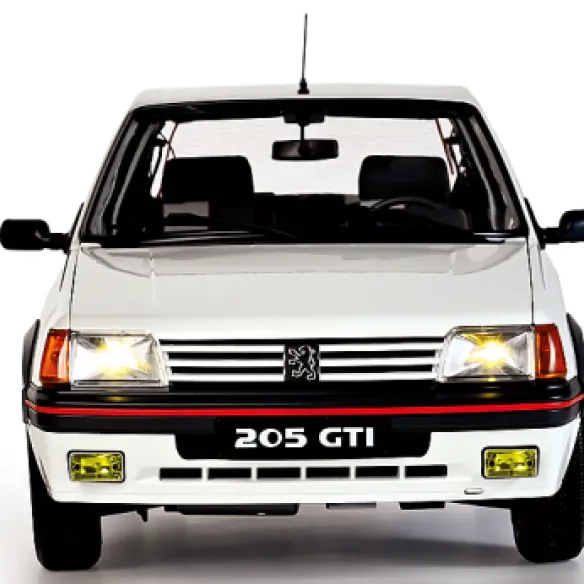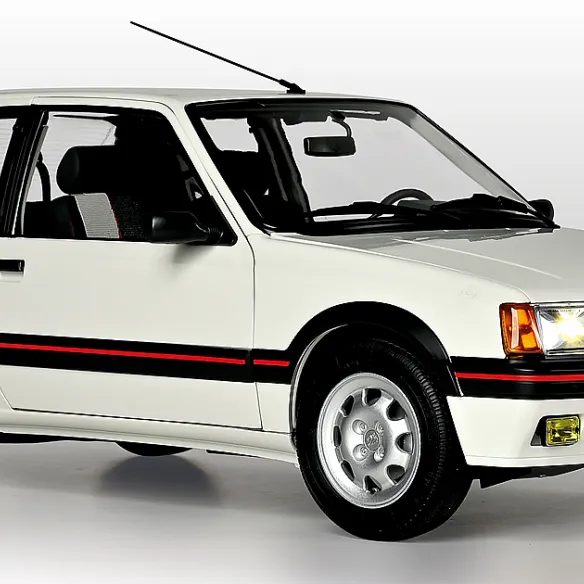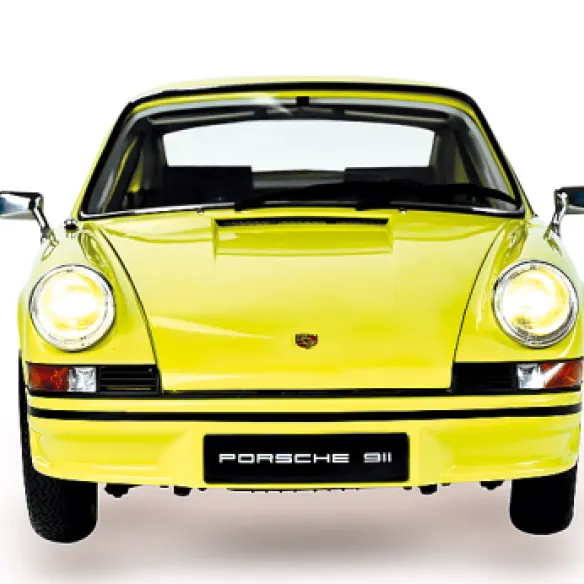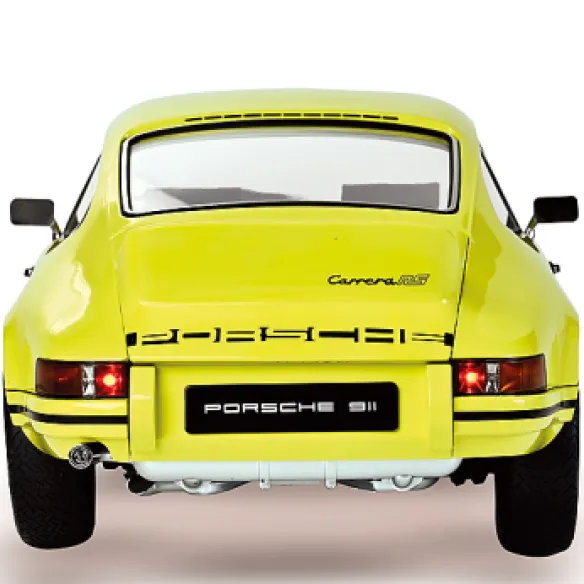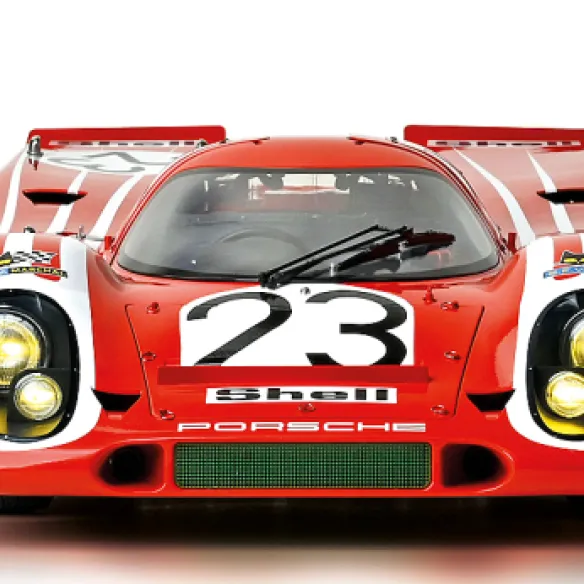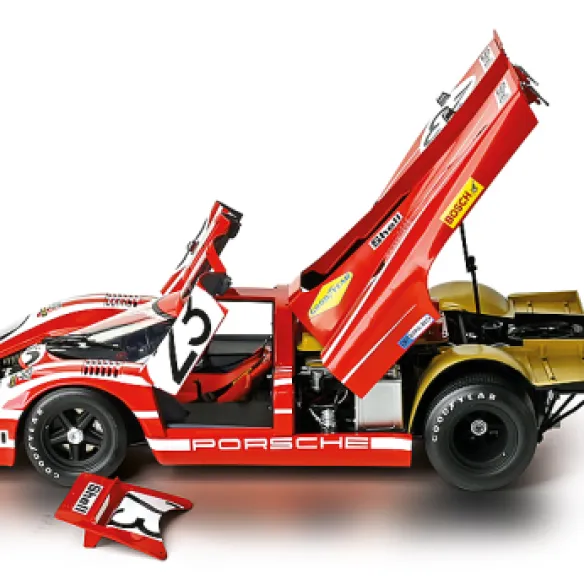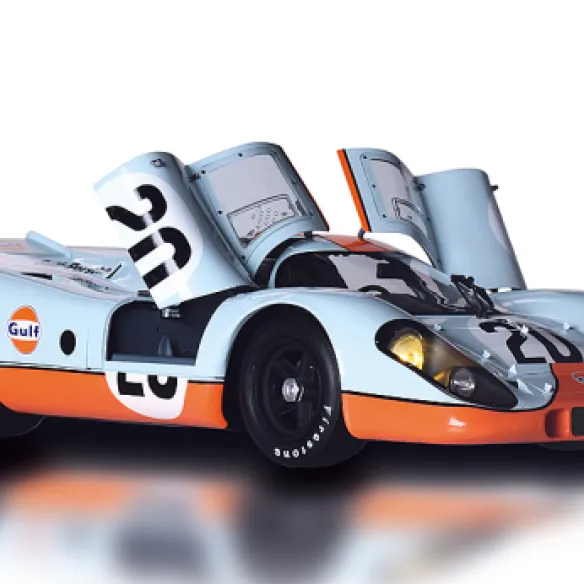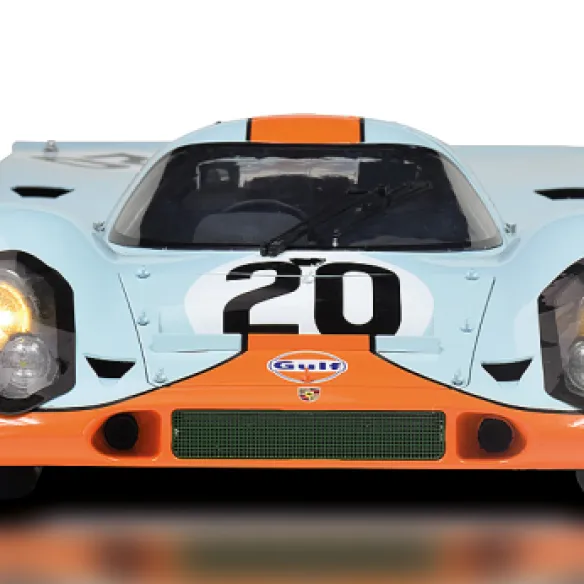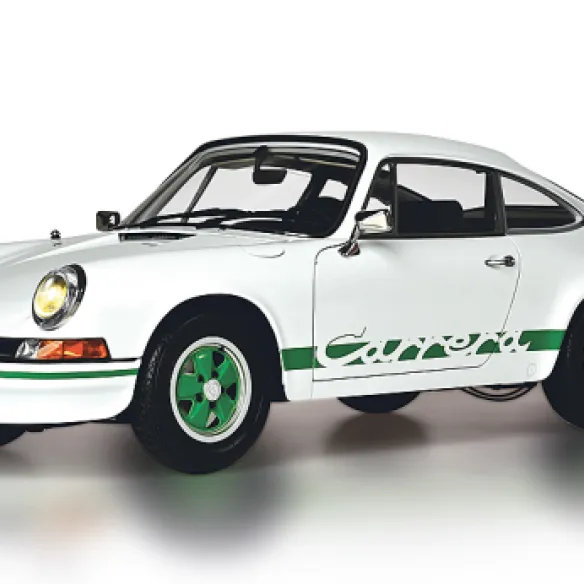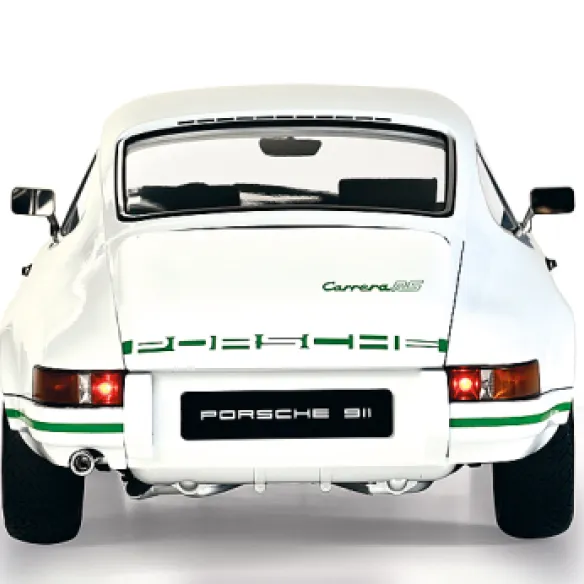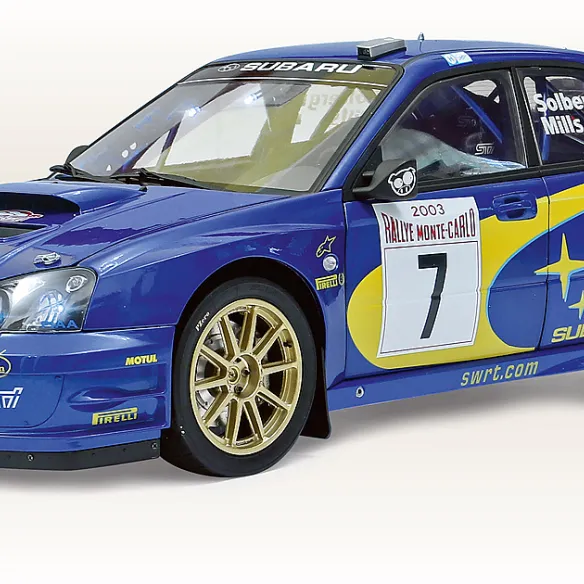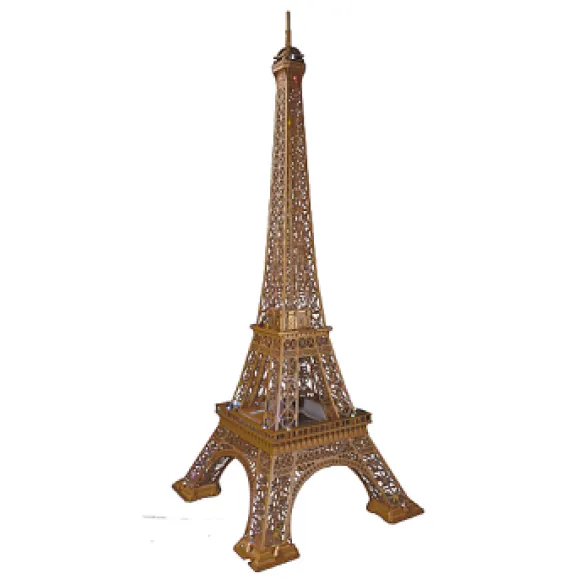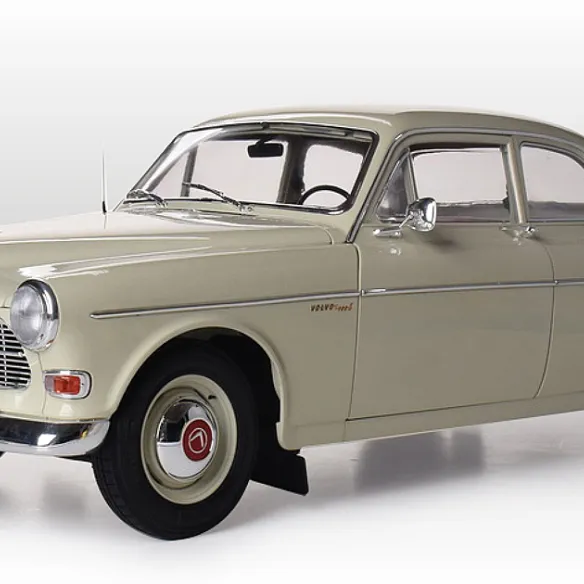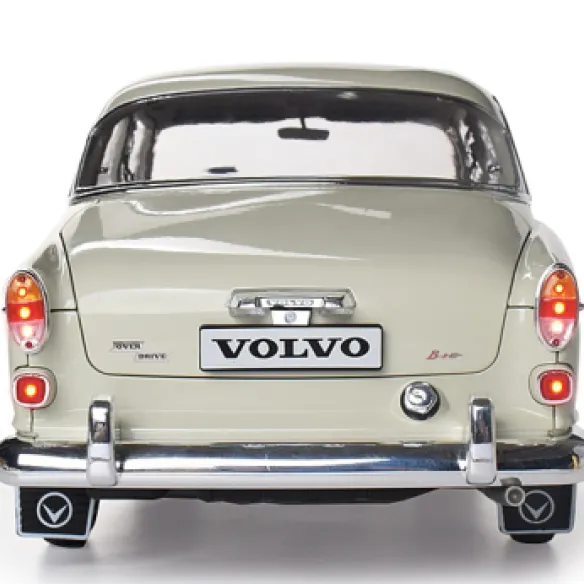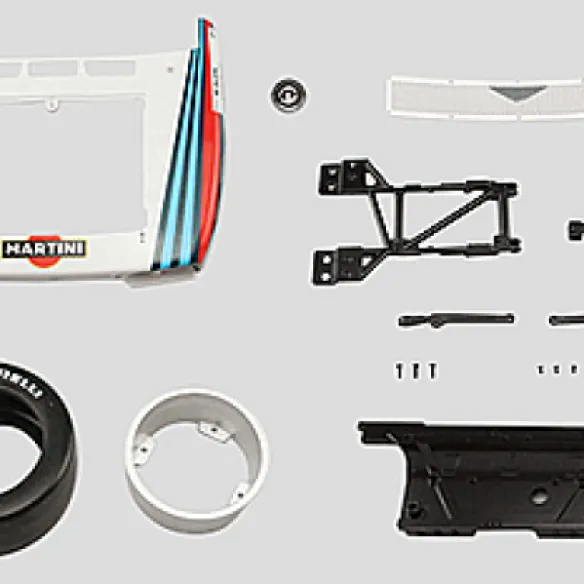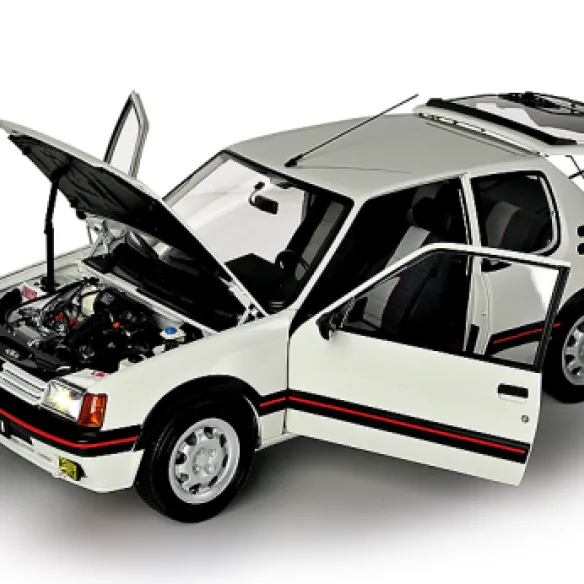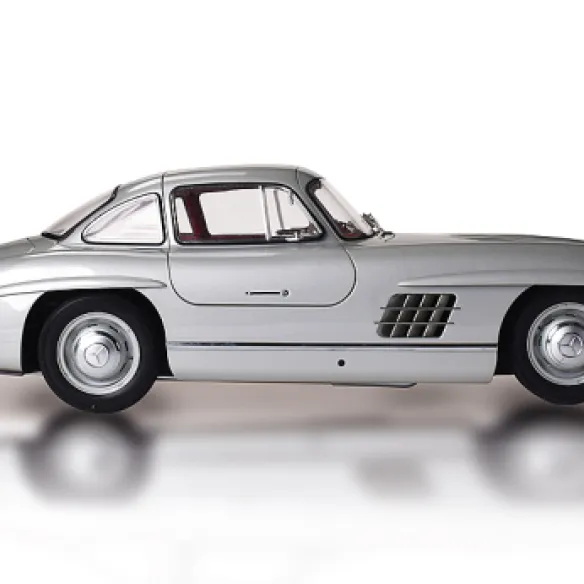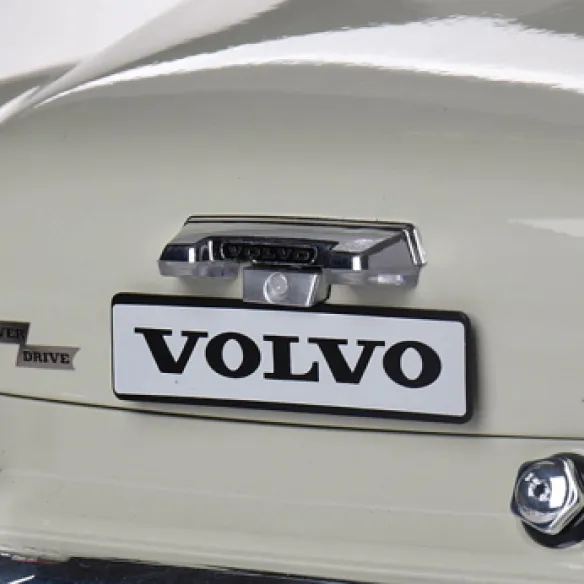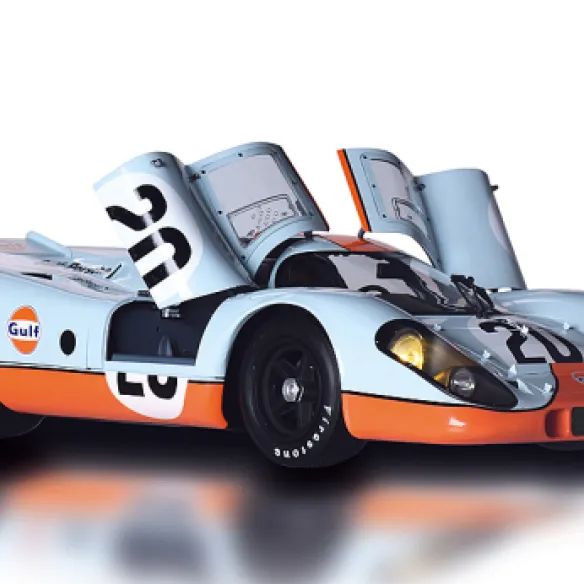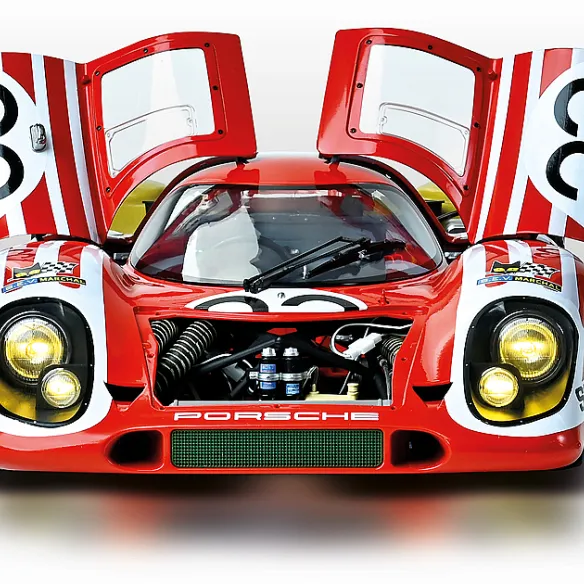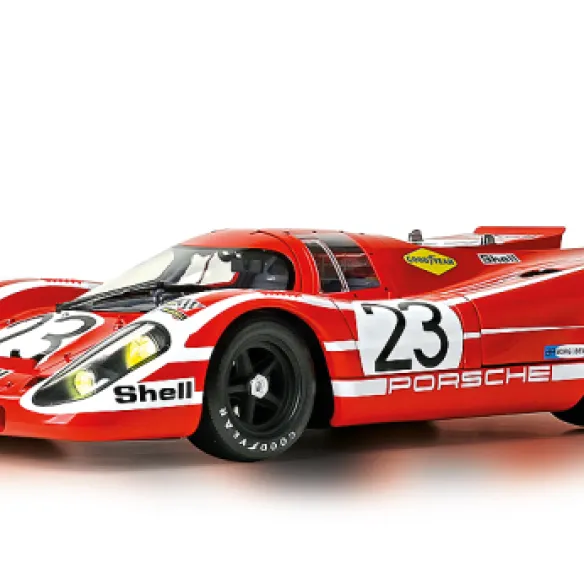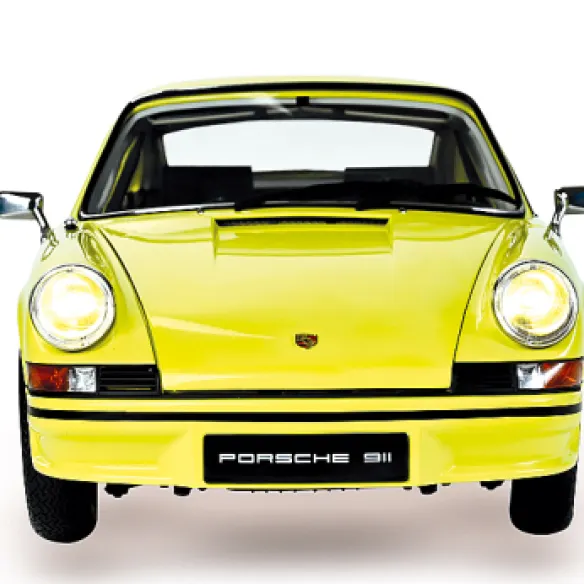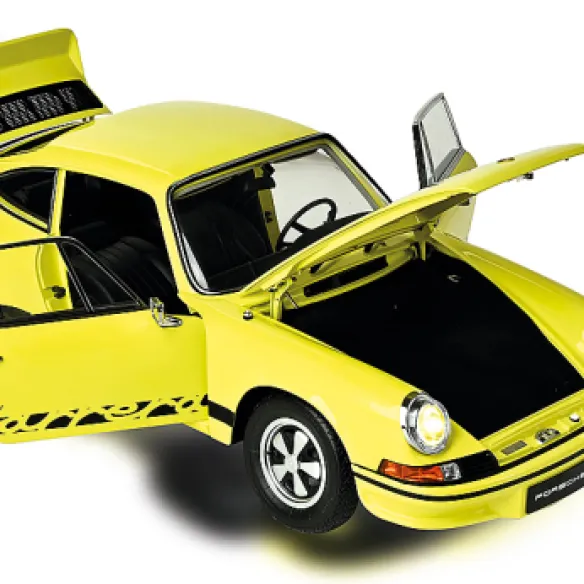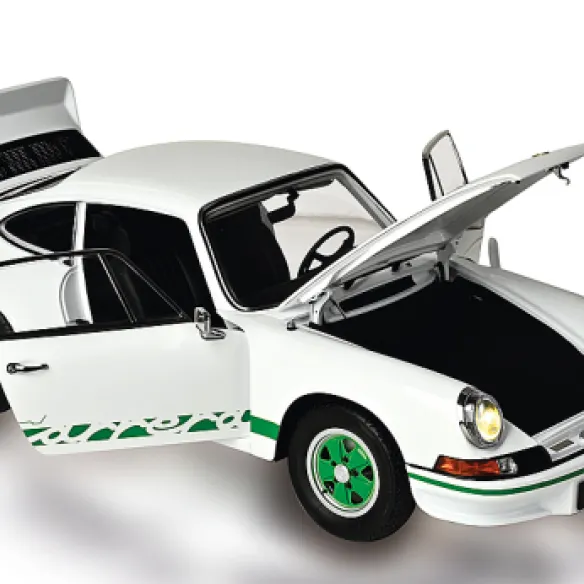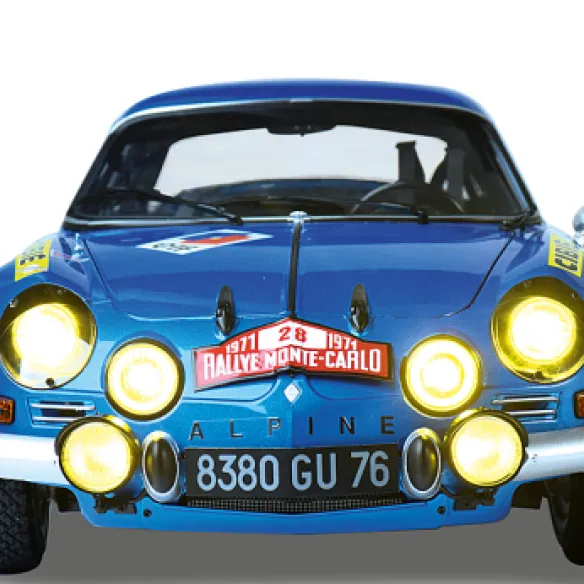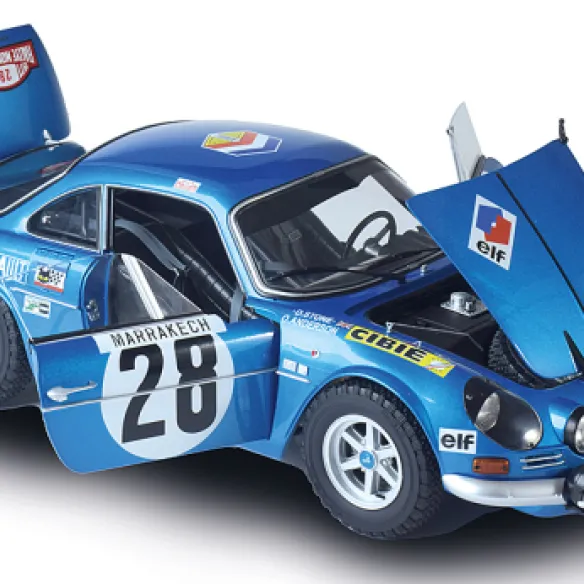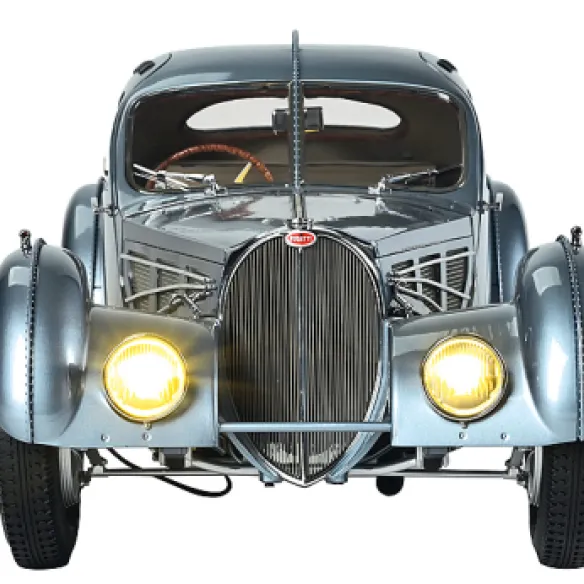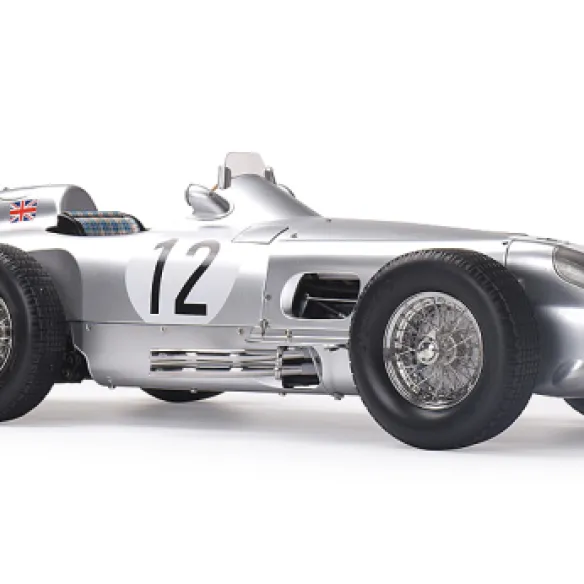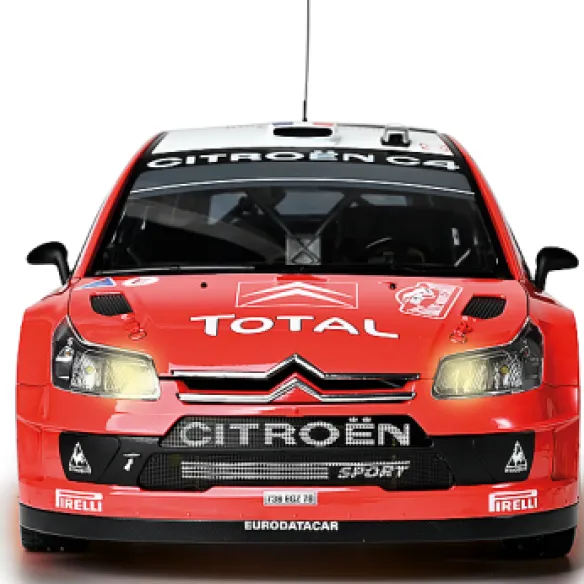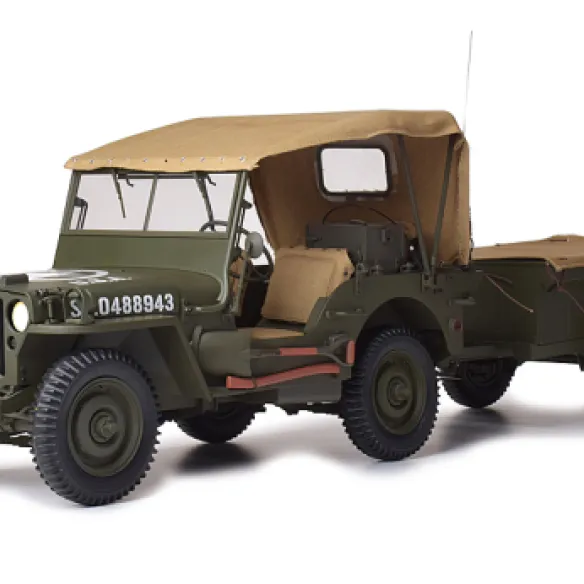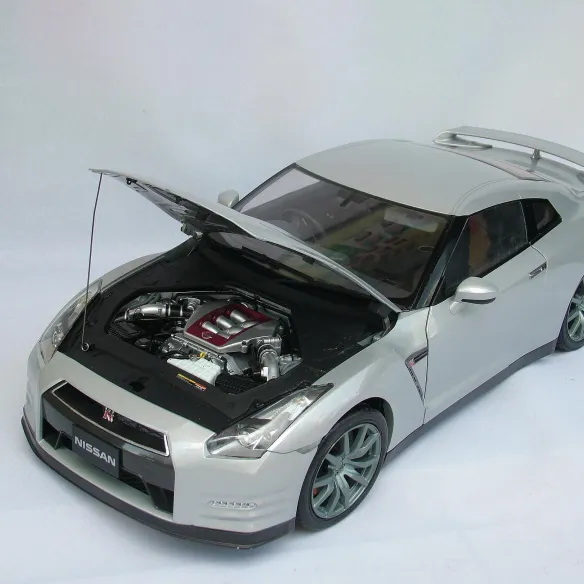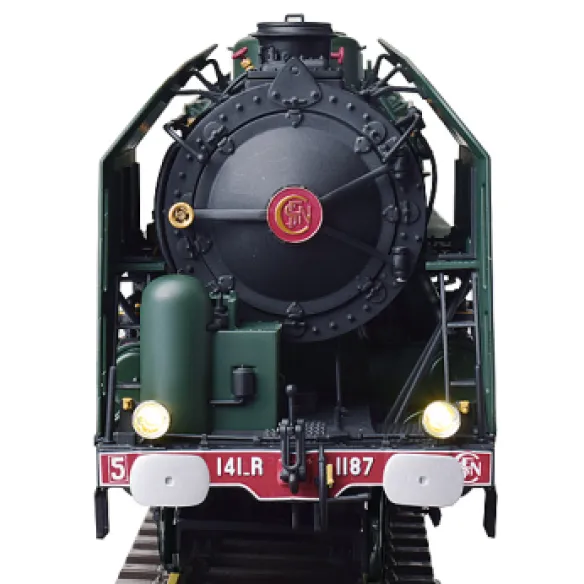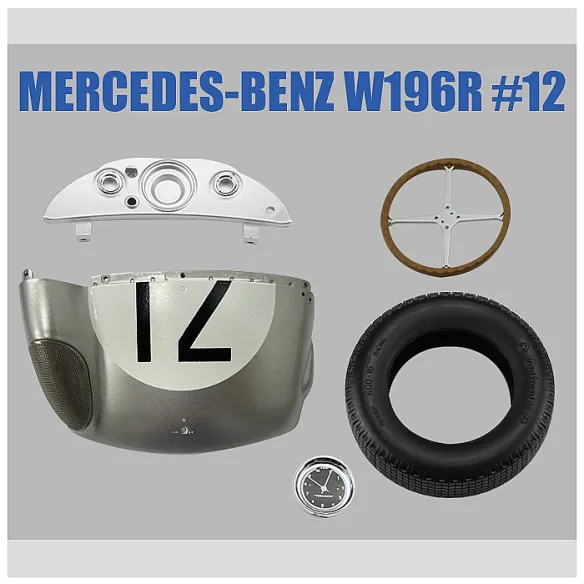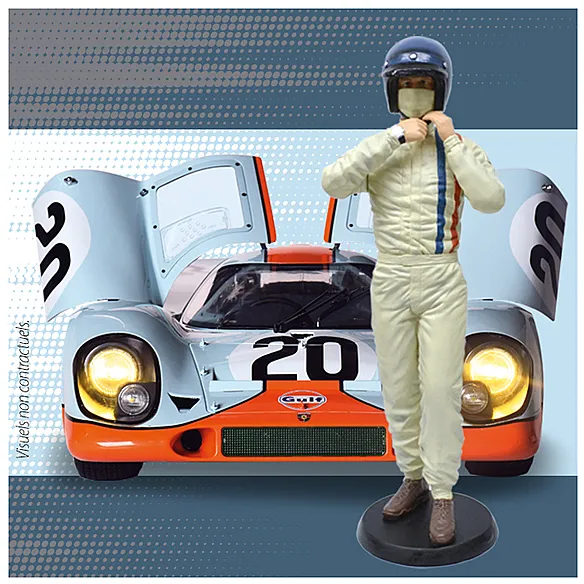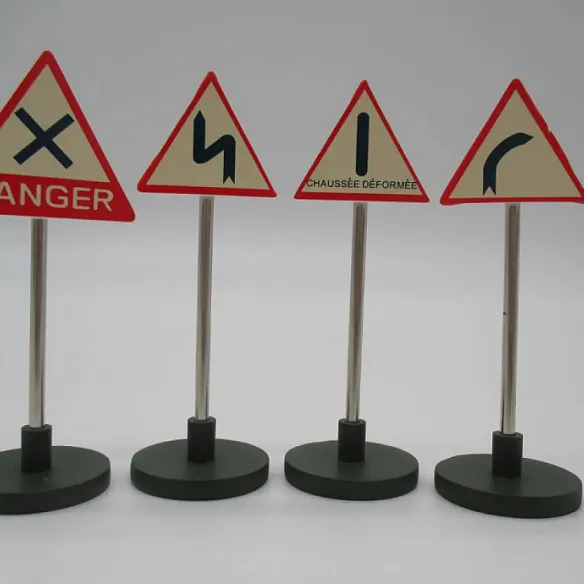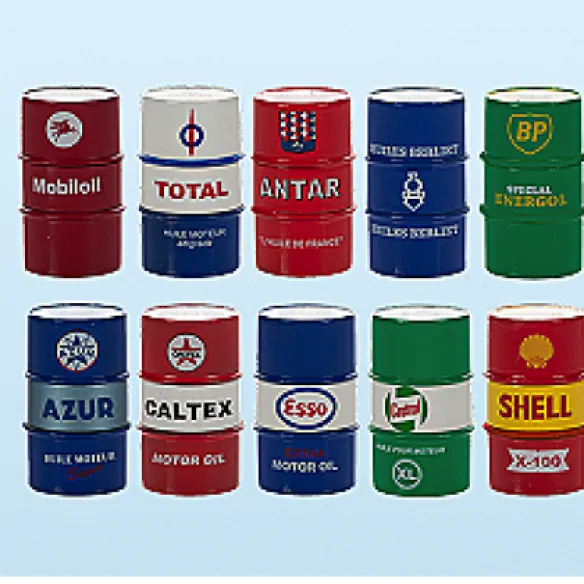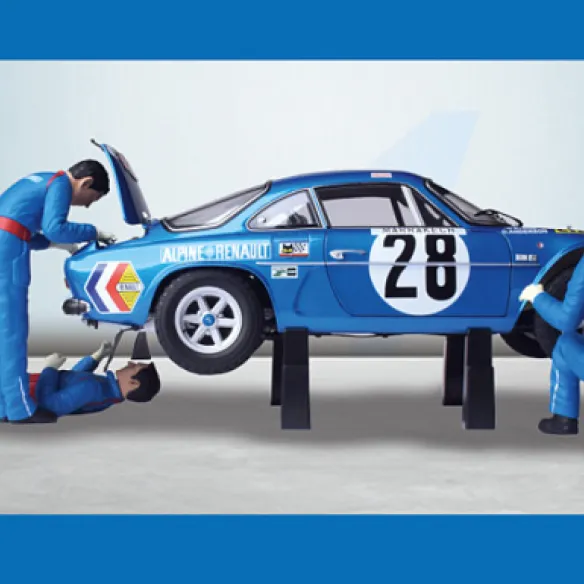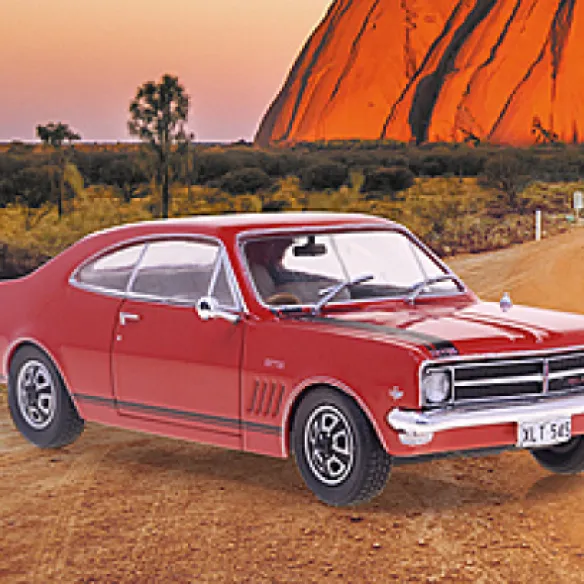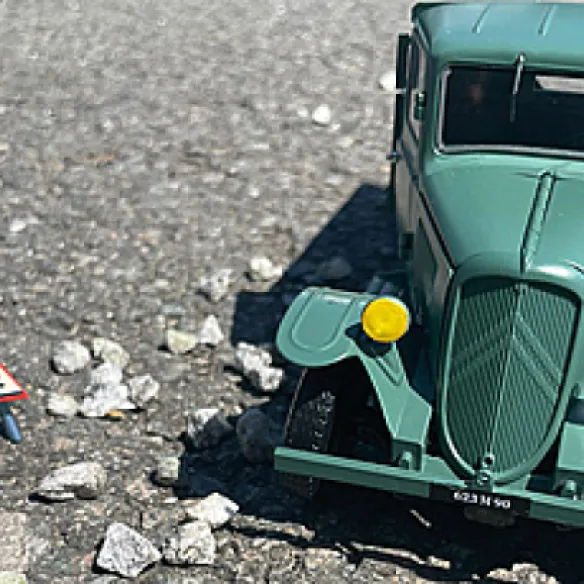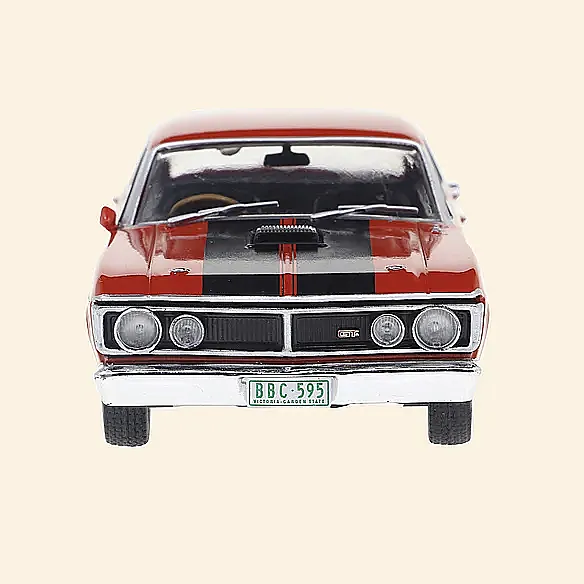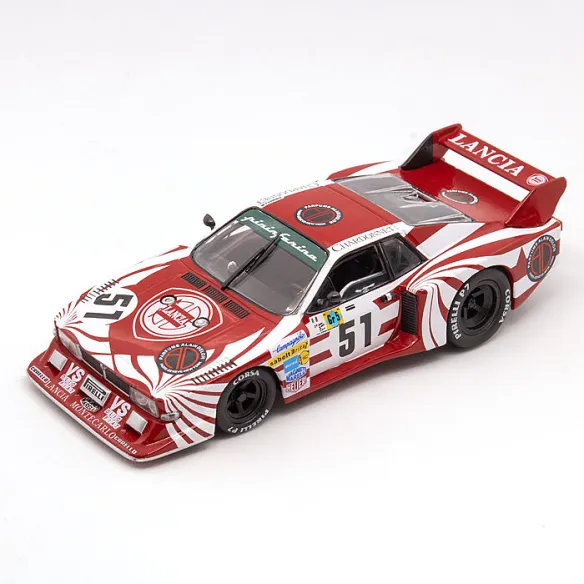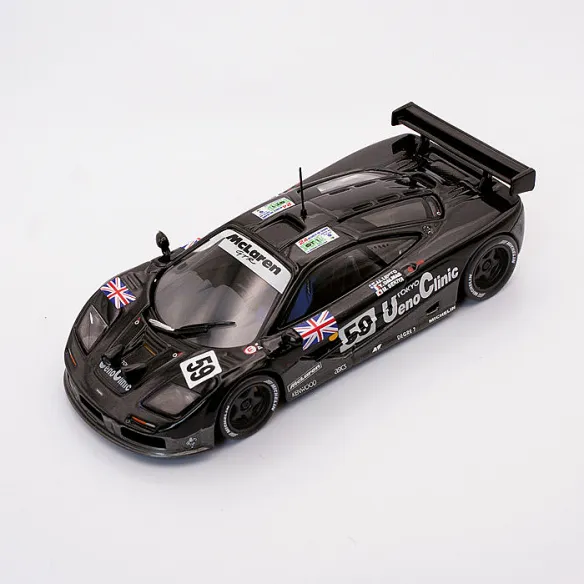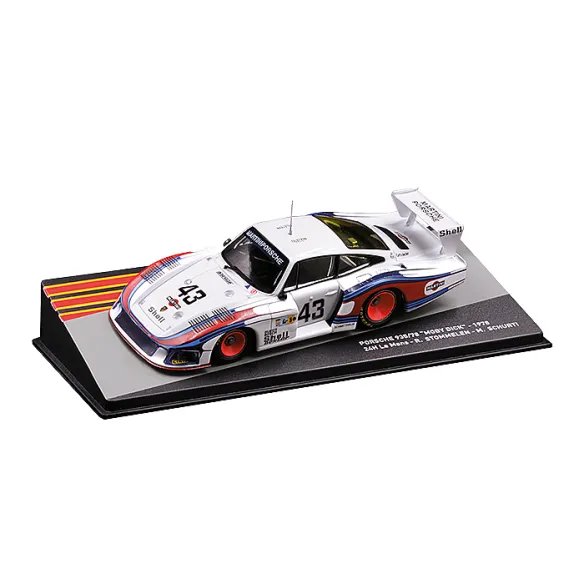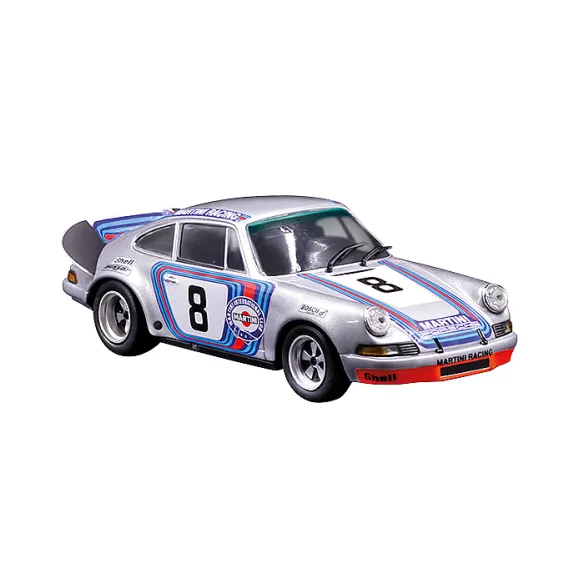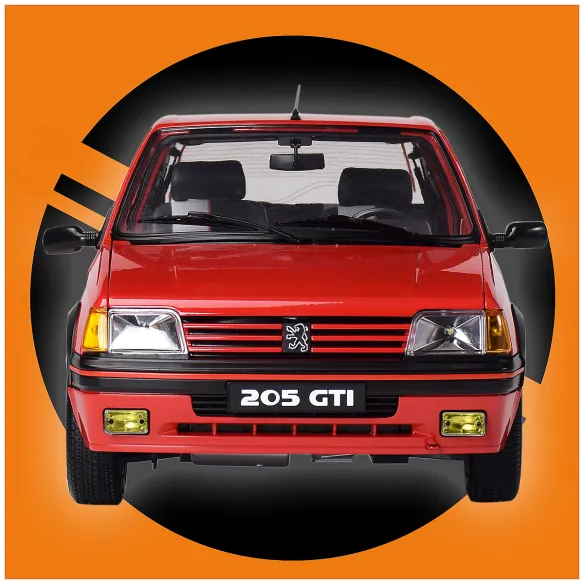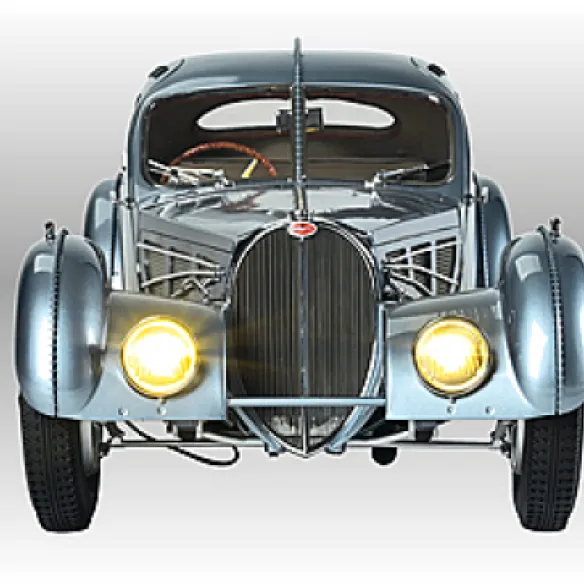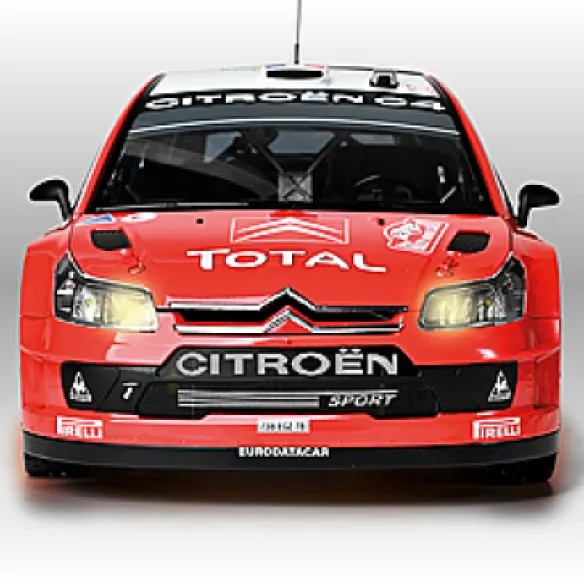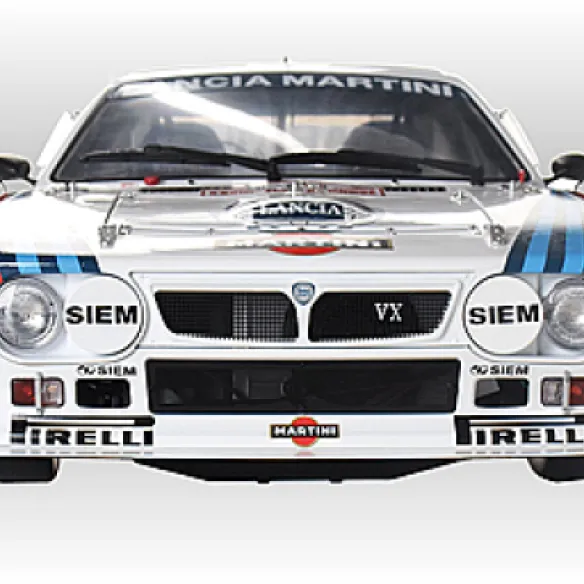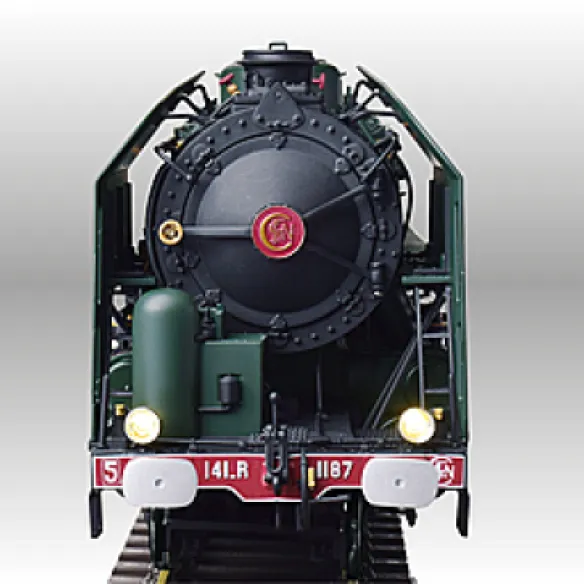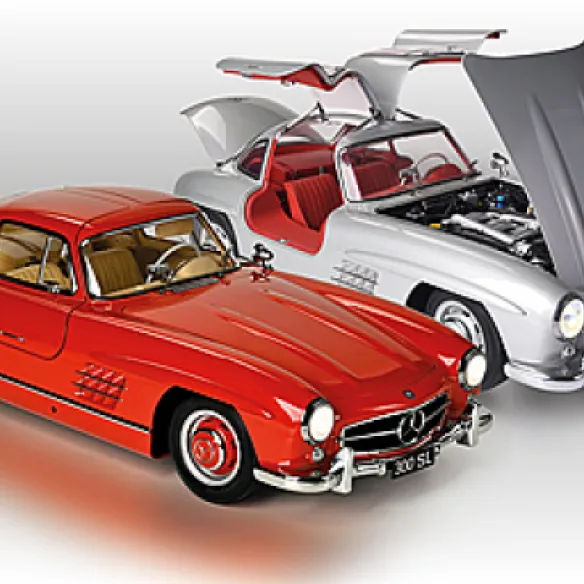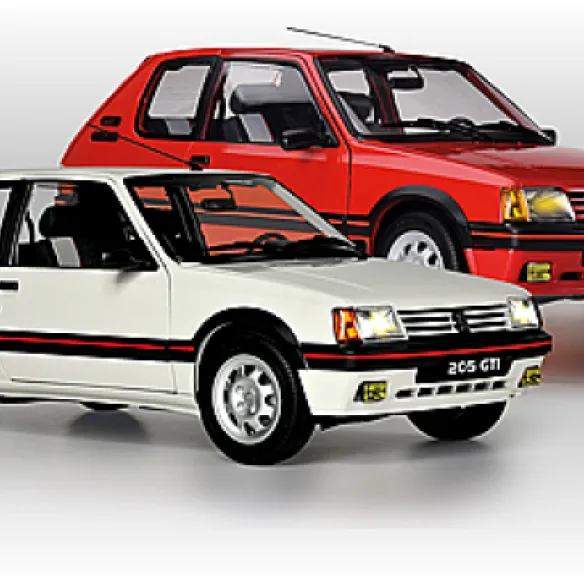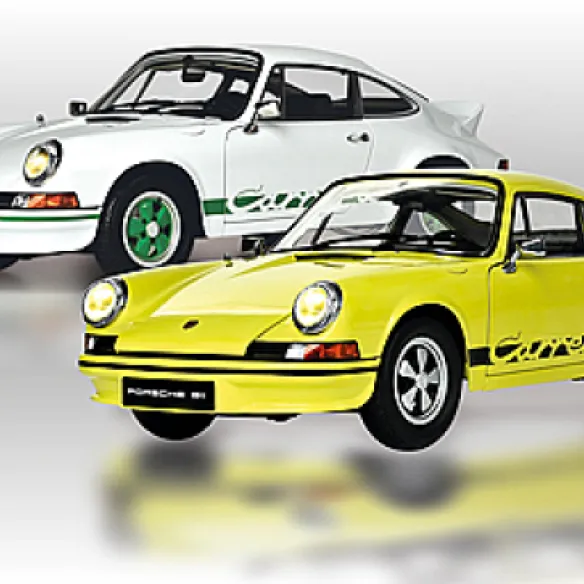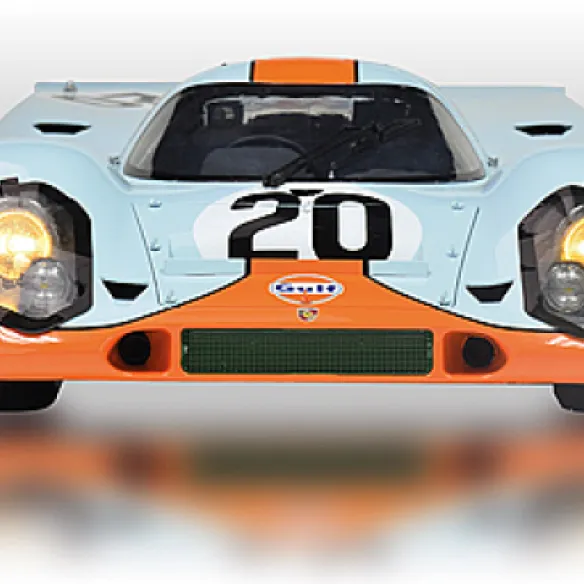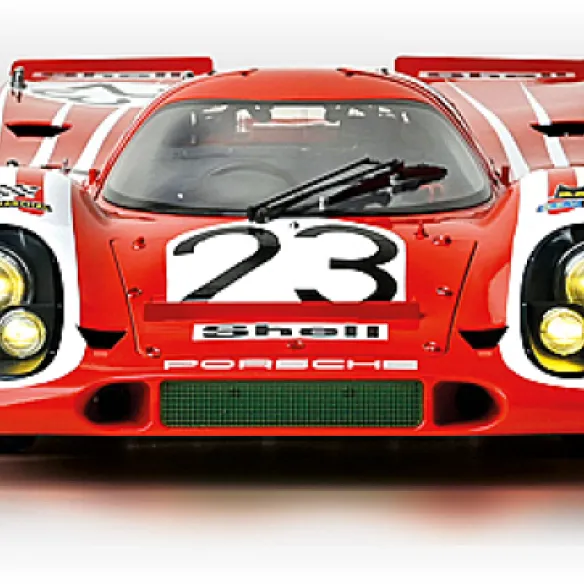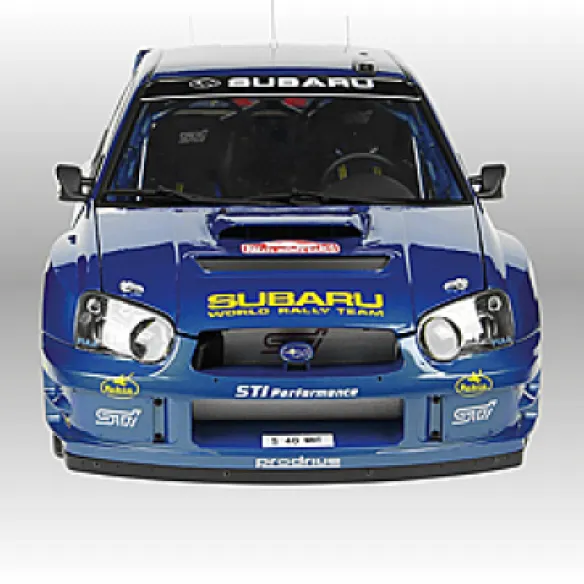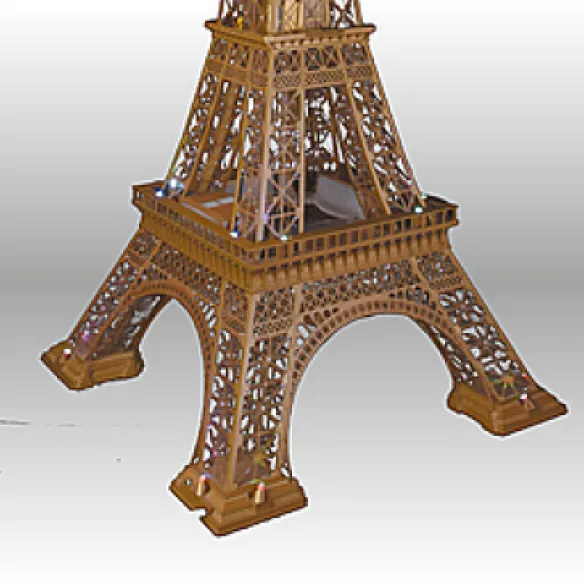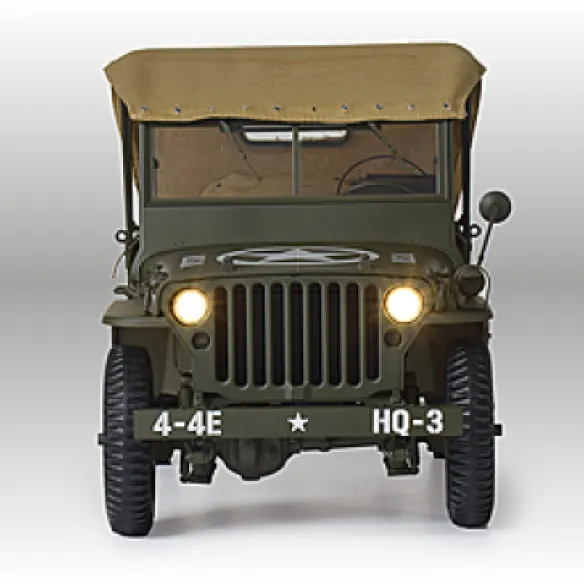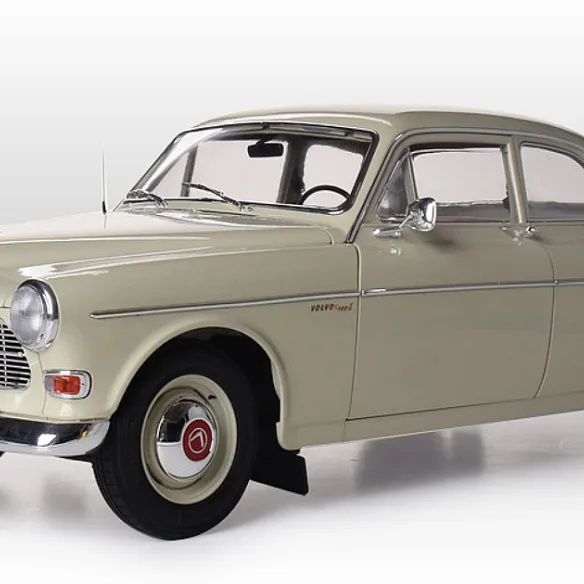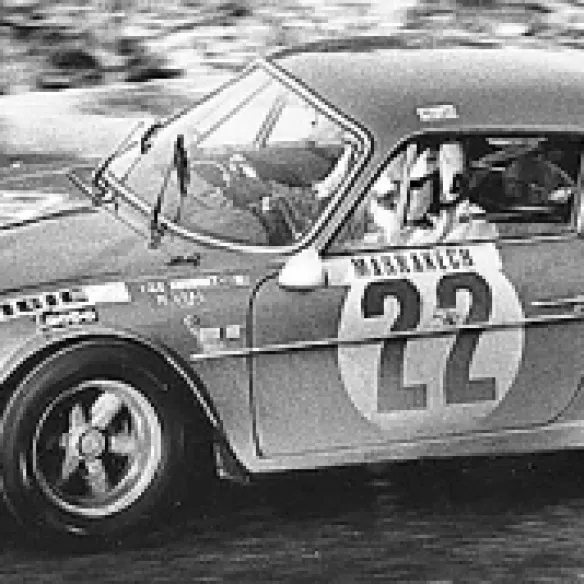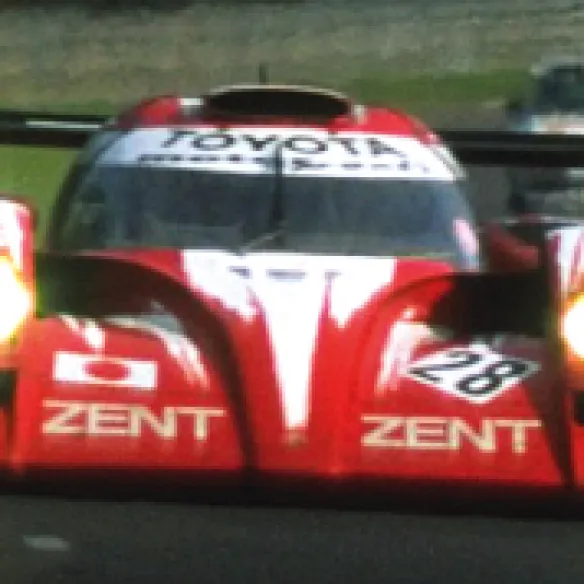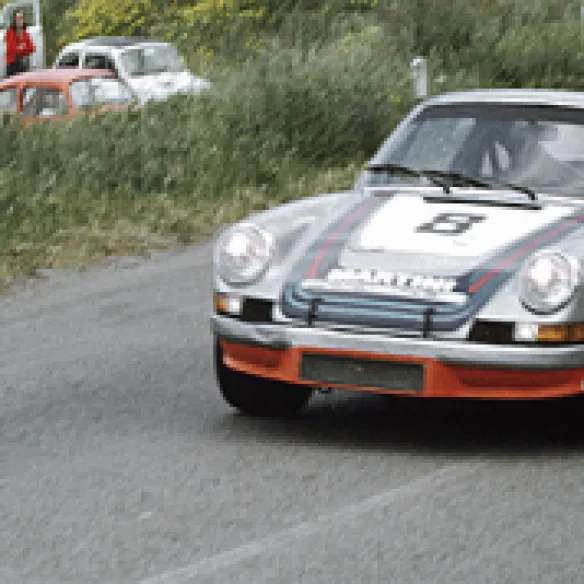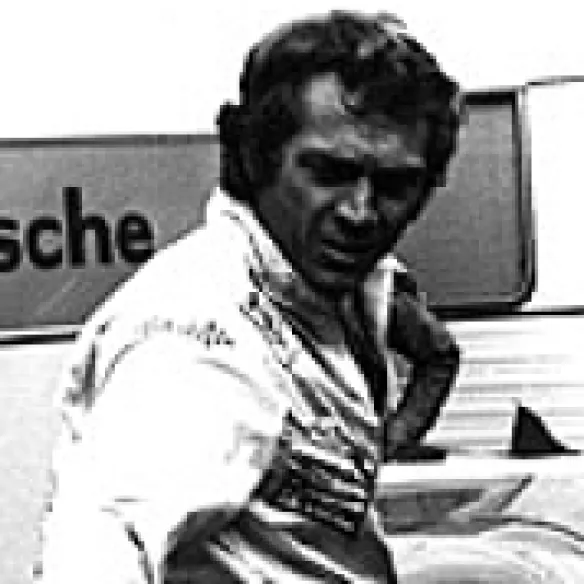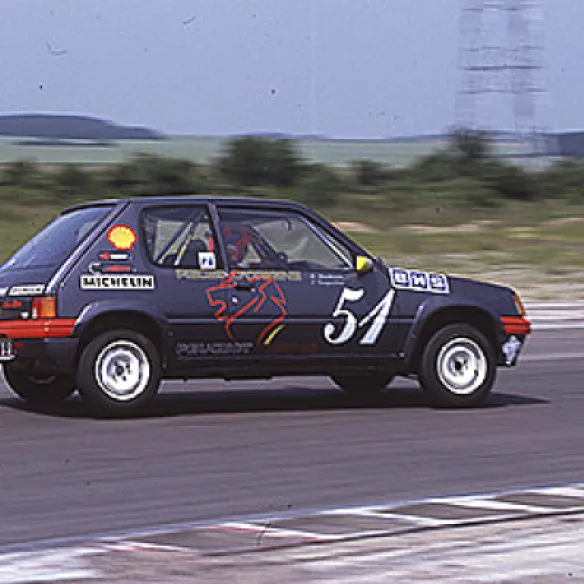
19/06/2025
Porsche 906 Carrera 6 1966
Having only just been homologated for sport, the german six-cyliner won the Targa Florio for a private team, beating its ‘official’ sisters
Read moreAs the link between the 904 and later models such as the 910, 907, 908 and 936, the 906 marks an important milestone in Porsche racing history. Designed as an evolution of the six-cylinder 904/6, by developing either the engine itself or the chassis structure, this car had to contend with rivals such as the Ferrari Dino V6. The car's development made it essential for it to compete in two categories, because for its first season, 1966, it was initially entered as a Prototype, until the 50 units required for Sport homologation had been produced. Once this homologation had been obtained, the 906's first official achievement was its victory in the 1966 Targa Florio.
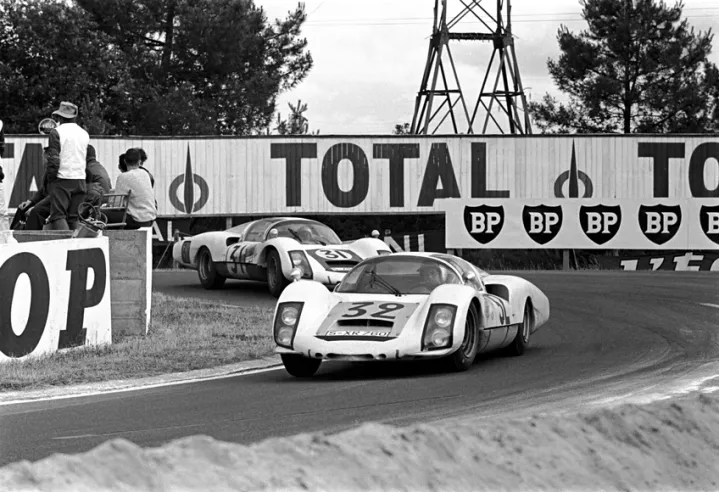
© IXO Collections SAS - Tous droits réservés.
SPORT OR PROTOTYPE, IN THE 2-LITRE CLASS IT HAD NO RIVALS
The 906, also known as the Carrera 6 in reference to its six-cylinder engine, made its debut at the 1966 Daytona 24 Hours, where the official car finished in sixth place overall and first in the two-litre class, also beating the Ferrari Dino 206 P. This new car, which rapidly grew in numbers, achieved comparable results, with class wins at the 12 Hours of Sebring, the 1000 km of Monza and then the Nürburgring. Production of the 50 cars required for homologation in the Sport category was completed by the end of April, enabling Porsche to take part in the International Constructors' Championship, reserved for Group 6 Sport-Prototypes, and the International Sports Car Championship in Group 4. The 906, whose two-litre engine placed it in the upper division of Group 6 (‘less than two litres’) and in the middle division of Group 4 (‘1.3 to 2 litres’), could therefore take part in both championships.
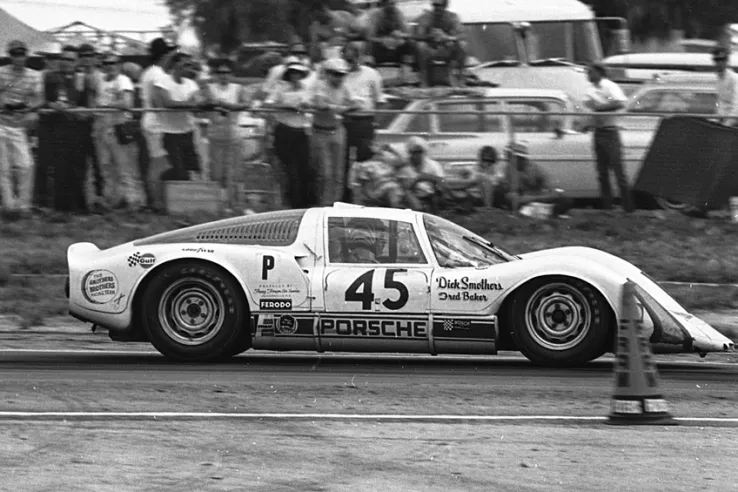
The fuel-injected version of the Porsche 906 is shown here being driven at the 1969 Sebring 12 Hours by Fred Baker and Dick Smothers, who finished in eighth place overall, but first in the under 2-litre Prototype category.© IXO Collections SAS - Tous droits réservés.
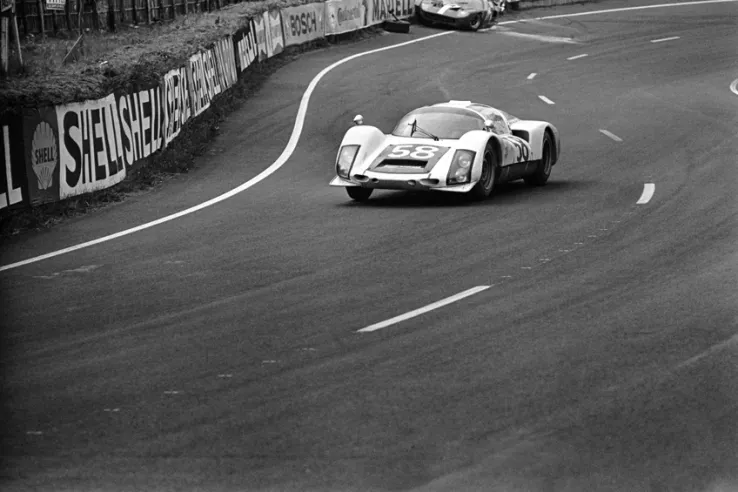
The 906 driven by Günter Klass and Rolf Stommelen was first in the Sport class and seventh overall at the 1966 Le Mans 24 Hours, and last of the 4 Porsches to finish behind the Ford GT40.© IXO Collections SAS - Tous droits réservés.
WITH A BIT OF LUCK
However, at Targa Florio, the ten or so entries on the grid were all Sports cars, divided between those of the official team and those of the private teams. Their opponents were the customary Ferraris, starting with the 330 P3 of defending champions Lorenzo Bandini and Nini Vaccarella, who were forced to retire two laps before the finish due to a mistake by Bandini which resulted in them leaving the track. Close behind them were two 906s, but the car crossing the finish line first was not an ‘official’ one: it was the n°148 of the Swiss-German Filipinetti team, with the Belgian Willy Mairesse and the German Herbert Müller at the wheel. The duo finished well ahead of the Ferrari Dino 206 S of Jean Guichet and Giancarlo Baghetti, who were themselves just ahead of the ‘official’ Porsche 906 of Antonio Pucci and Vincenzo Arena.
[AT LE MANS IN 1966, THE 906 WON TWO CLASSES].
An army of 906s took part in the 24 Hours of Le Mans, again in both classes, where the teams of Jo Siffert/Colin Davis and Günter Klass/Rolf Stommelen classified first in their respective classes (Prototypes up to 2 litres and Sport from 1.3 to 2 litres), while finishing fourth and seventh, but most importantly first and last in a fleet of four 906s. The career of the model continued, ending in the early 1970s with further successes, including the 1967 1000 km of Suzuka won by Japanese drivers Shintaro Taki and Kenjiro Tanaka.
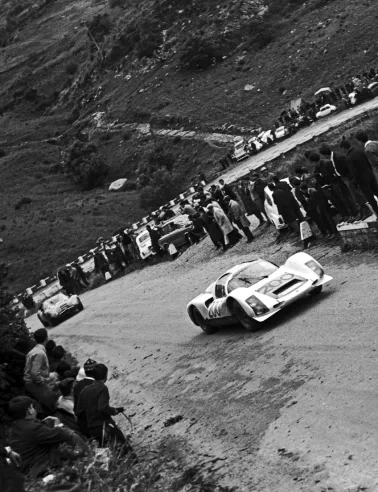
At the 1966 Targa Florio, almost a dozen Porsche 906s were on the starting grid, including the No. 200 of Dieter Glemser and Hans Herrmann, which retired after an accident.© IXO Collections SAS - Tous droits réservés.
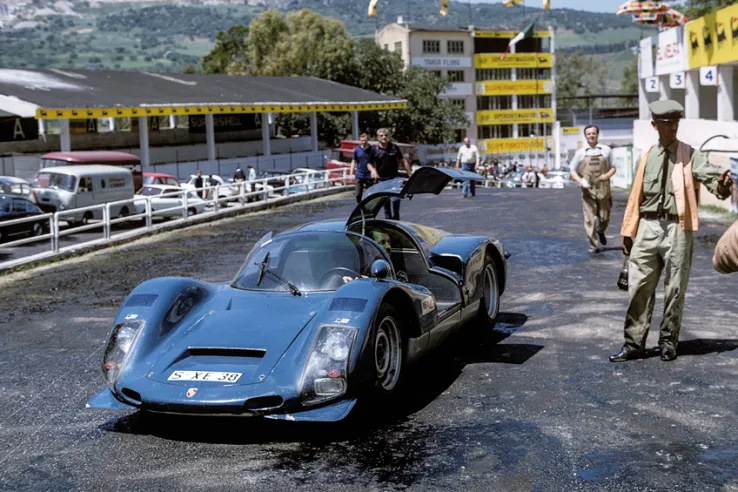
This blue 906 was one of the cars used by Jo Bonnier and Gerhard Mitter during practice at the 1966 Targa Florio. In the race, in car no. 218, they set the fastest lap before withdrawing after an accident.© IXO Collections SAS - Tous droits réservés.
WILLY MAIRESSE AND HERBERT MÜLLER
Belgian Willy Mairesse's career in endurance racing (below) was intertwined with his less successful career in Formula 1: driving single-seaters, mainly Ferraris, he made around ten starts between 1960 and 1965, with his best result being third place at Monza in his first season. Before winning the Targa Florio in the Sport category, he took third place at Monza in 1959 and two second places: one at the 1961 Le Mans 24 Hours (with Mike Parkes in a Ferrari 250 TRI) and one at the 1963 Sebring 12 Hours. His career ended in 1968 at Le Mans after a serious accident, the after-effects and consequences of which led to his suicide the following year. For the Swiss Herbert Müller, the world of Endurance proved to be better than Formula 1, where he only spent one season. His greatest successes came in the Le Mans 24 Hours, where he finished second overall in 1971 and 1974 in Porsche 917s and 911 RSRs, and first (in class) in 1979 with Angelo Pallavicini and Marco Vanoli in Porsche 934s.
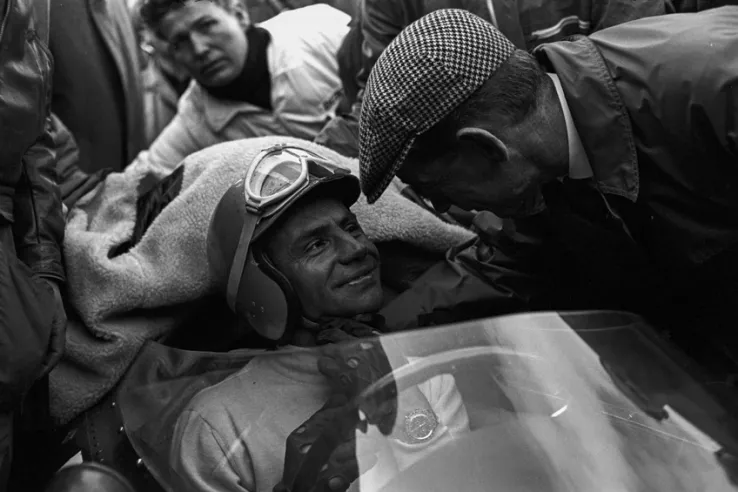
© IXO Collections SAS - Tous droits réservés.
Technical sheet
Recent articles
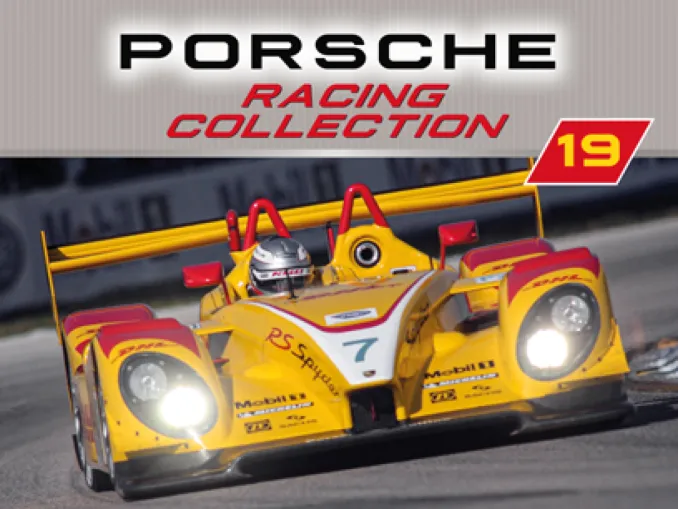
19/06/2025
Porsche RS Spyder - 2008
Designed for the junior LMP2 category, it is able to beat the big boys.
Read more
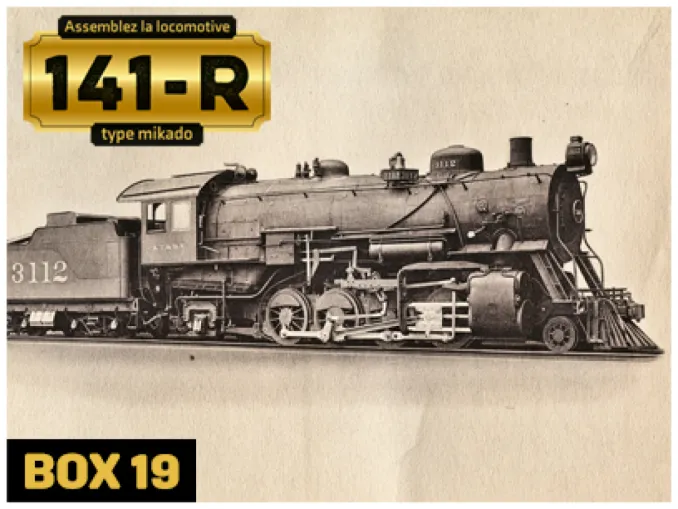
11/06/2025
THE 141-R: LOCOMOTIVE IN TWO “BATCHES”
On 5 October 1944, the first French mission went to the USA and received propositions from the American manufacturers, (...)
Read more
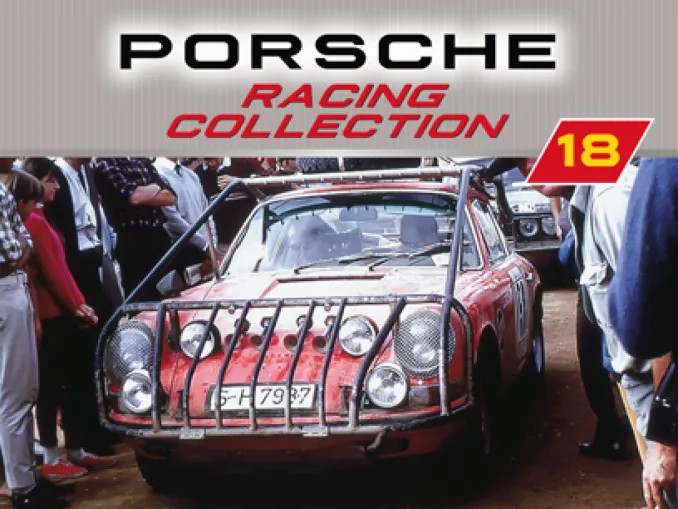
10/06/2025
Porsche 911 S - 1968
ASSIGNED TO ZASADA FROM POLAND, THE 911 COMPETING IN THE FIRST LONDON-SIDNEY RALLY PROMISES TO BE A FUTURE TRIUMPH
Read more


 English
English français
français Deutsch
Deutsch español
español italiano
italiano português
português